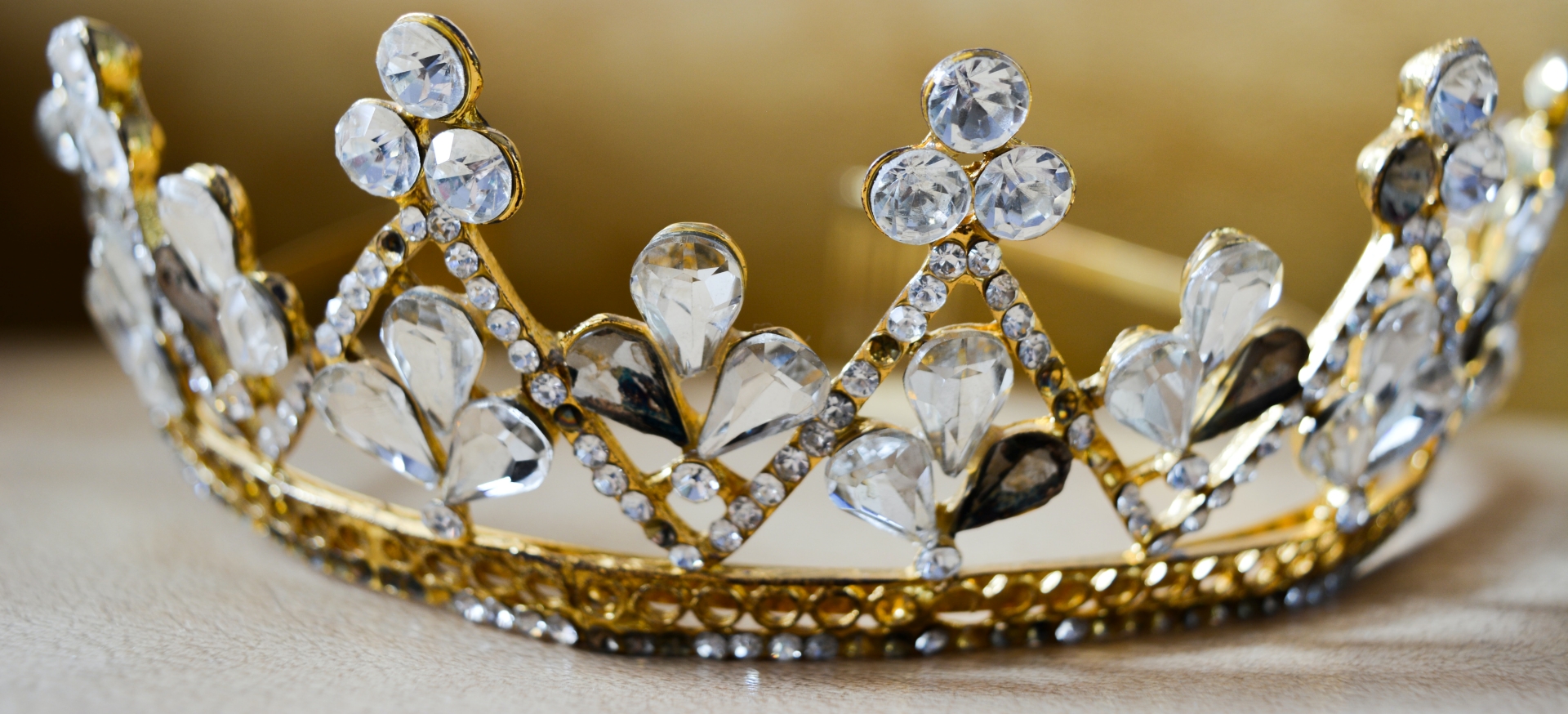Linguasta (lin-gwah-stah)
May your words carry more than the weight of Persuasion.The Linguasta a group located in the Gildare Highlands at the time of The Great Invasion. Despite their small numbers, they were feared for their use of Power of Persuasion and the threat it posed to the autonomy of others. That power would prove to be the saving grace of the entire peninsula during the invasion, and though their culture would fade as it became diluted through the Queendom of Leland, the marks of the Linguasta can still be seen in present day.
History
Origins
The first of the Linguasta were outcasts from groups of the north west (primarily the Domwin, Kilthe, Porcai) who had been ostracized due to their manifestation of Power of Persuasion. Chased from their homes for fear of what they might do with that power, individuals (and sometimes their families as well) formed nomadic groups for survival. These small groups would eventually merge and settle in the Gildare Highlands in 591 AN, far from those who regarded them with hostility. Word of the imperant settlement spread through Leland. Imperants cast out from other parts of Leland came in search of a place they could live in peace, bringing with them their own cultures and traditions. They would come to be known as the Linguasta, derived from a Kilthe phrase meaning words of demons. With the imperant numbers in the highlands growing, groups in proximity to the highlands set up look outs and defenses in the event that the Linguasta would attempt to take more land by force.Pre Invasion
Following the initial settlement in the highlands, the Linguasta would continue to grow in number until leveling out once most of the nomadic imperant groups of Leland settled within their territory. While most groups formed their own settlements, there was freedom of travel and a sharing of resources that kept the groups bound to each other and led to a mixing of cultures. In total there were seven formally recognized settlements. In 578 AN, the First Council of the Linguasta was created with one member appointed from each settlement.
Secluded from the rest of the peninsula, the Linguasta had very little interaction with those outside of the highlands. Neighbors to the north and south were hostile, but the Pintis were open to trade under strict conditions, most notably that any trader from the Linguasta, imperant or otherwise, gag themselves during interactions.
Invasion
The Linguasta, as they had for several centuries, intended to remain out of the affairs of the rest of Leland, including defending the peninsula from The Horde. This changed in 4 AN when General Meik Kaudo Leshind, leader of the Rinduma forces, came to plead for help from the First Council. The council was initially uninterested in aiding those who had cast them out, but Leshind had come prepared to negotiate. Among his concessions was the agreement that the Linguasta would be painted as the heroes of the war should The Horde be successfully turned back. Carina Ahyen, leader of the council and a brilliant strategic mind, saw the possibility of a unified Leland at the end of the war as a chance to claim a position of political power for her people. In the end, the council agreed to aid the allied forces. The Linguasta agreed to send the strongest imperants among them to the front lines. There, they would ride ahead of the troops and Command the enemy to cease the onslaught and return home. Where Commands did not fully work, it created enough of a distraction to give the allied troops the upper hand. Over the span of several months, The Horde was pushed back over the Ganuiles Mountains and off the peninsula. As promised, the story that spread through Leland painted the picture of the Linguasta as the heroes who had joined the fight of their own volition in Leland's darkest hour. In the spirit of unity, most of Leland pledged loyalty to Ahyen as their queen.Queendom
The crowing of Ahyen as Queen of Leland occurred on the hills of Harmonil on the first day of the first year SU. Many Linguasta migrated to what would become the seat of power for the Queendom. Others would dispatch to other parts of Leland, some of whom were chosen by the Crown to look after territories and would go on to be the first of the Golden Noble Houses. Those who remained in the Gildare Highlands experienced the strange phenomenon of tourism to their lands by those who wanted to see from where the mythic Carina Ahyen had come and to pay their respects to the slighted people. Certain aspects of Linguasta culture were exported to the whole of Leland, such as common Linguasta patterns and the Lemnorian Feast, a week-long festival celebrating the first Linguasta settlers to the Highlands. As whole, however, those who moved away from the Highlands gradually lost connection to their Linguasta roots and adapted to the local culture. Those in Harmonil saw this to a lesser degree due to the royal family maintaining traditions within the city. The term Linguasta would eventually come to refer to the culture of the Golden Noble class, a ruthless class of high society that saw little retribution for the wars they fought between themselves with Commanded innocents while enjoying lives of luxury. Despite having little in common with the traditional Linguasta who continued to reside in the Highlands, they still claimed this heritage as a connection to Carina Ahyen, giving them the authority to wield their power.Fall of the Queendom
By the fall of the Queendom, Linguasta culture had become so diluted that few could truly claim it as more than a distant heritage, and those who still resided in the Linguasta homeland existed as little more than the stereotypes that brought tourists to the region. Regardless, the end of the Queendom is commonly considered the formal end of the Linguasta. After the assassination of Queen Elena Ahyen, anti-imperant sentiment led to the mass execution of the golden nobility and violence toward any and all imperants. The historical Linguasta settlements were raided and destroyed. To claim Linguasta heritage made one a further target of this violence.Historical Impact
Most of the historical record of the Linguasta was lost in the violence at the end of the Queendom, but their impact on the greater history of Leland is clear (Master History). Despite traditionally being shown in a negative light, they contributed to the viability of a united Leland. In modern day, Linguasta culture can be seen in the patterns have been revived for use in fashion and the Enmantic Tattoos derived from old Linguasta drawings are common motifs in art and design.Culture
Major language groups and dialects
The primary language of the Linguasta was derived from the common language of the period with heavy influences from the language of the northern tribes. Due to each of the major settlements being initially inhabited by those descended from a certain area of Leland, one could determine a person's origin by the dialect the spoke.
Culture and cultural heritage
The culture heritage of the Linguasta was an amalgamation of the Domwin, Kilthe, and Porcai cultures. The original Linguasta were outcast from these groups and therefore carried many of the same values and traditions associated with them. Further mixing of cultures would occur as imperants outcast from south and east Leland sought the Linguasta.
Shared customary codes and values
Linguasta society was traditionally welcoming of outsiders, whether merely travelers or those who had been outcast and were seeking a new home. They encouraged arguments, disagreements, and debates, advocating for the use of words to settle disputes rather than violence. This is not to be confused with being honest, however, as the ability to be convincing without the use of Persuasion, for good or bad, is considered to be a true gift.
Common Dress code
Clothing of the Linguasta was primarily in neutral colors with gold embroidery done with thread derived from the gold-colored belly fur of the Lesser Highland Fleffcat.
Encompassed species
Related Organizations
Related Locations




Comments